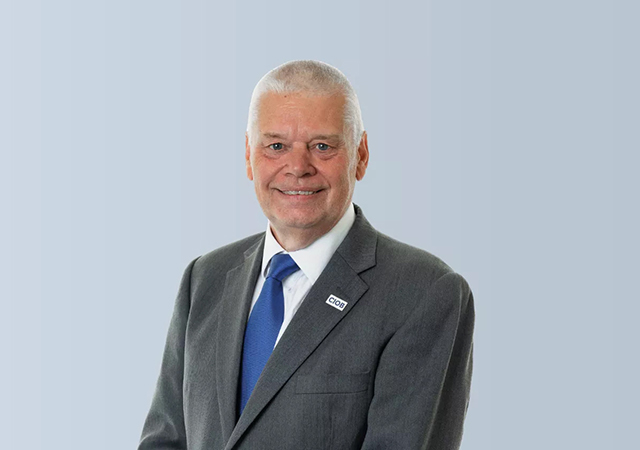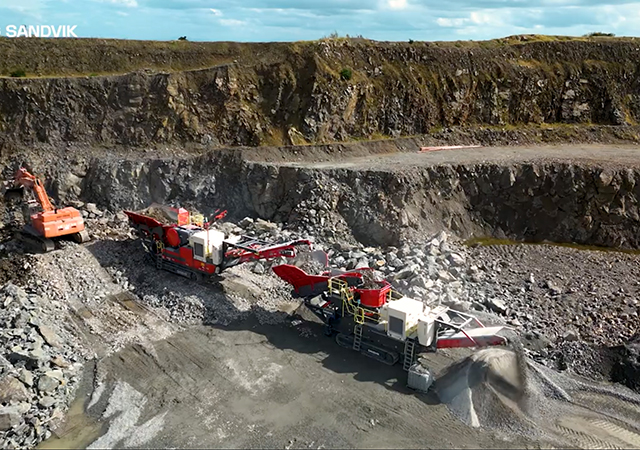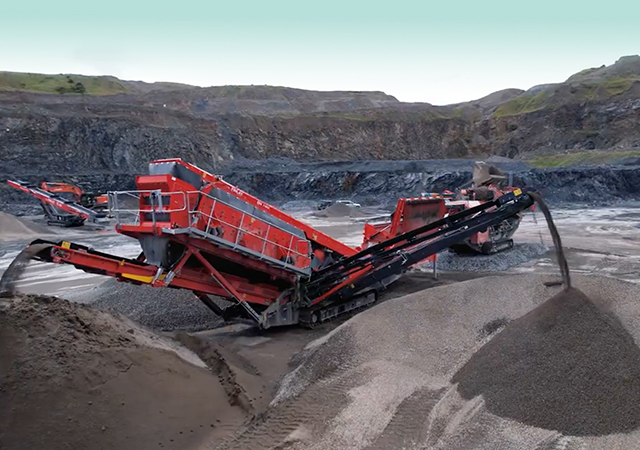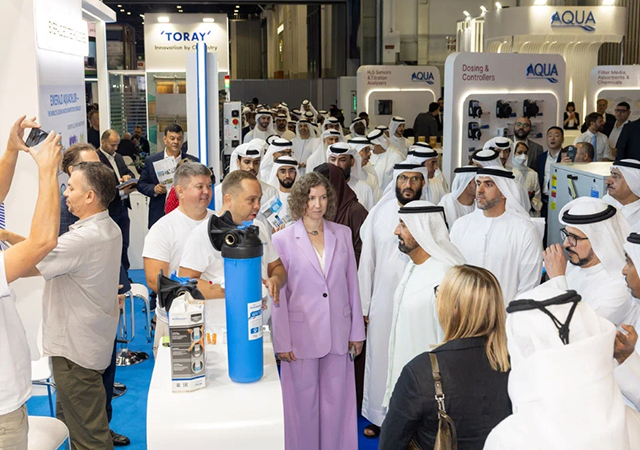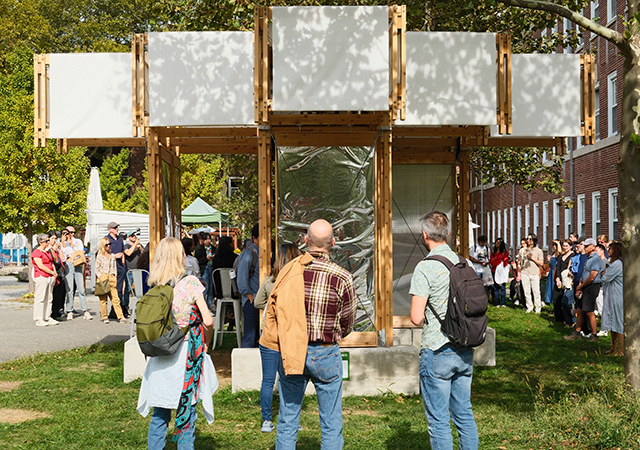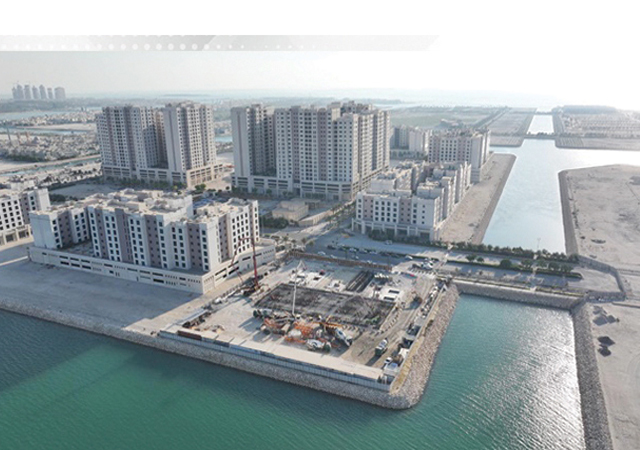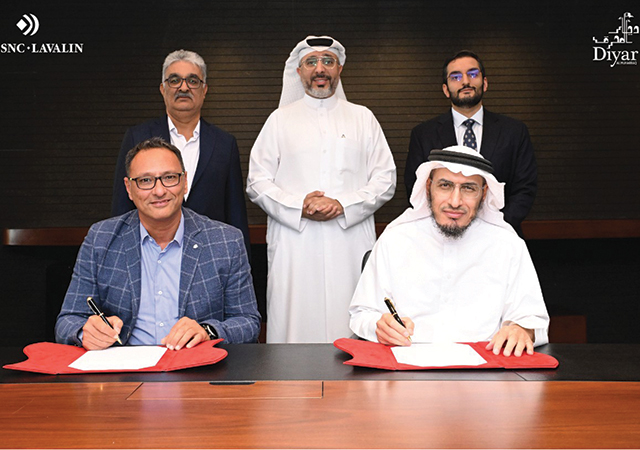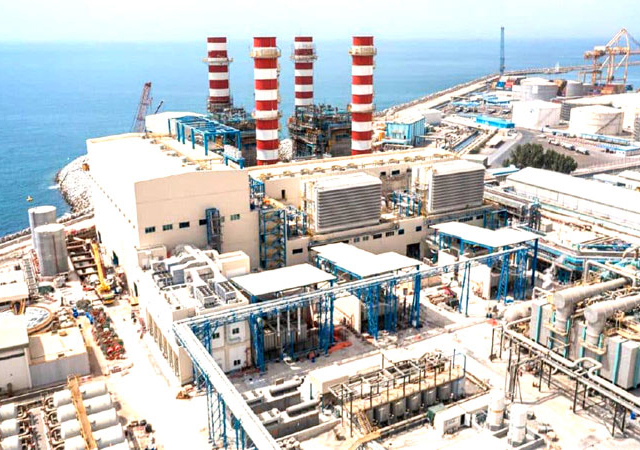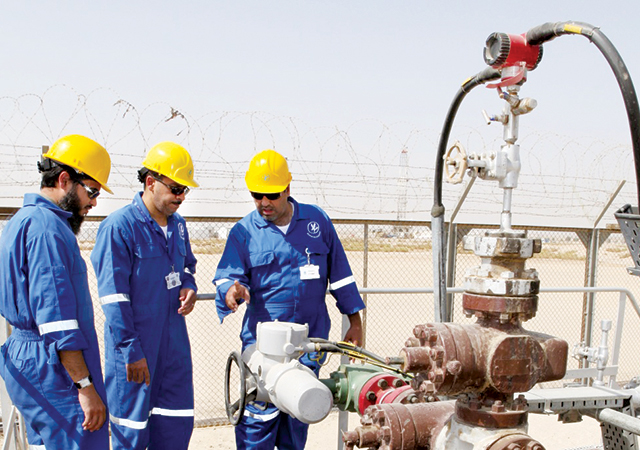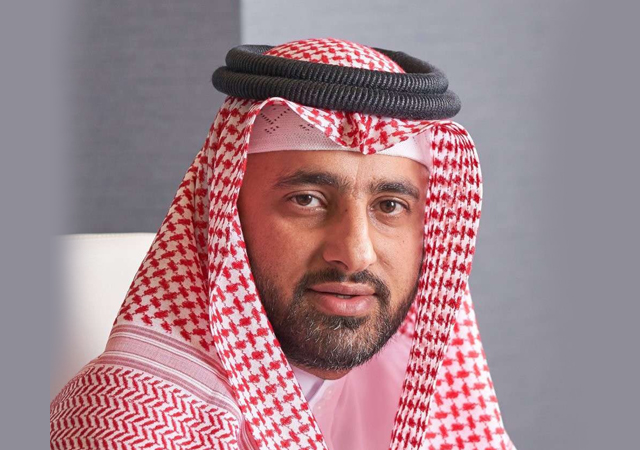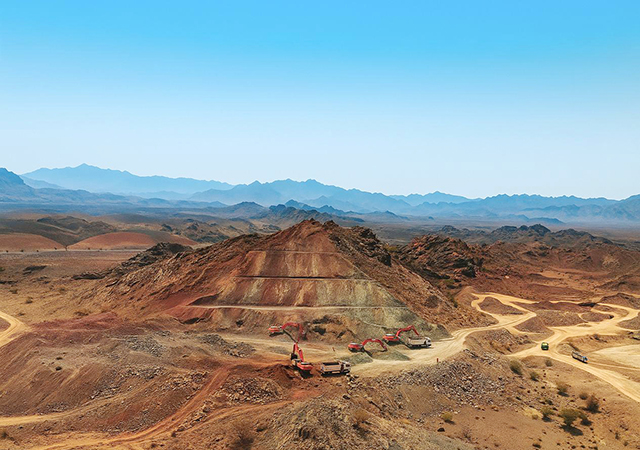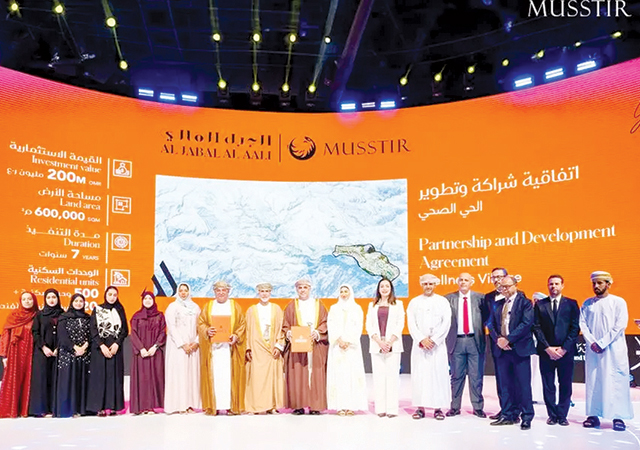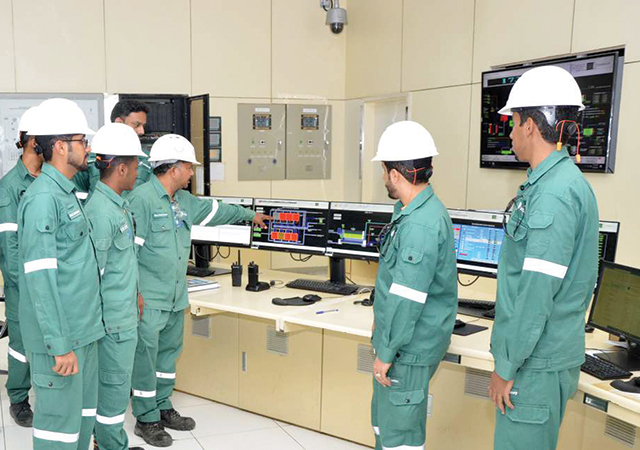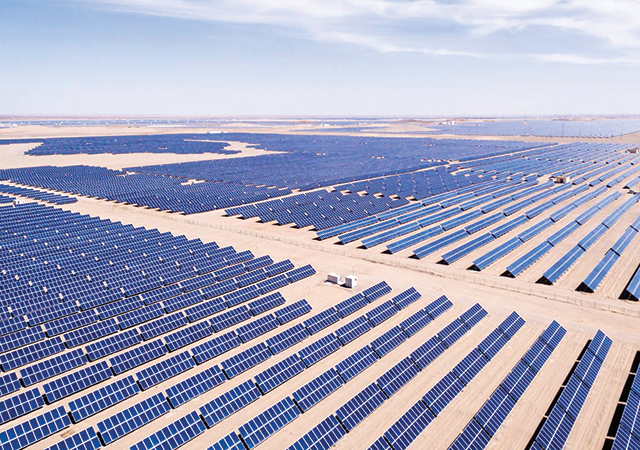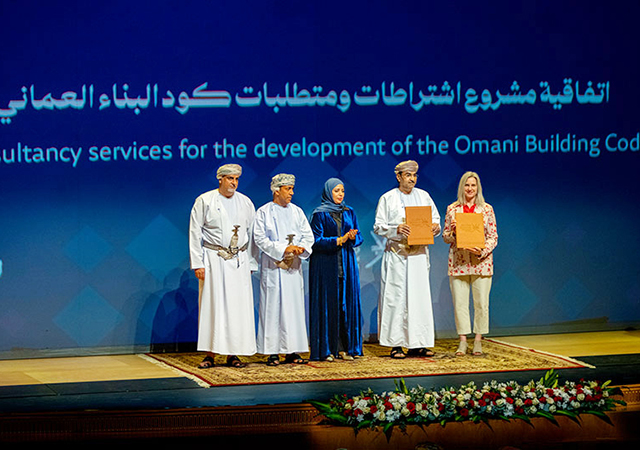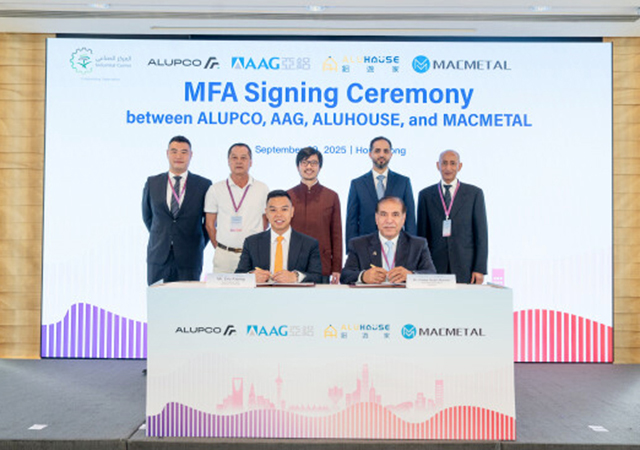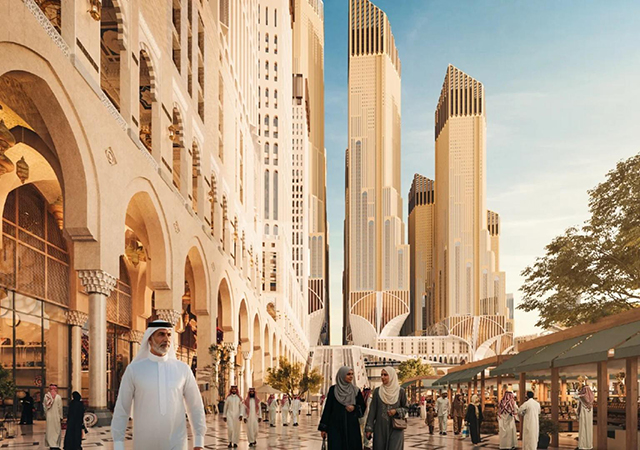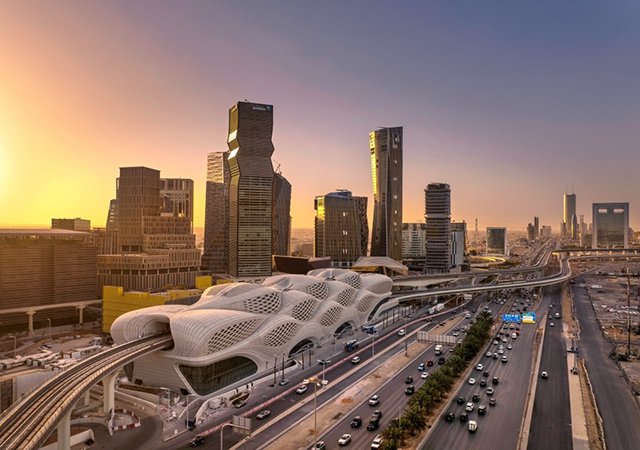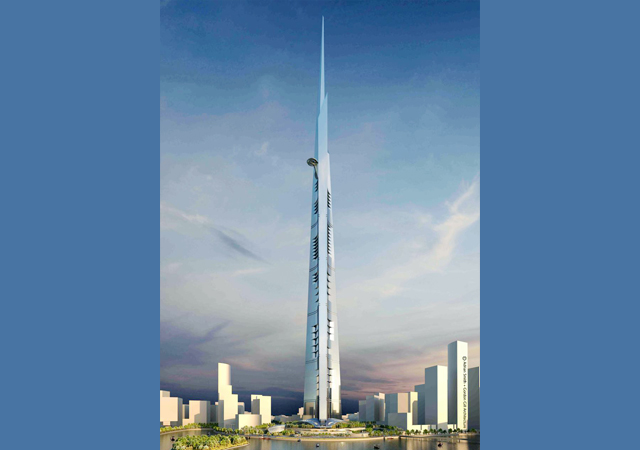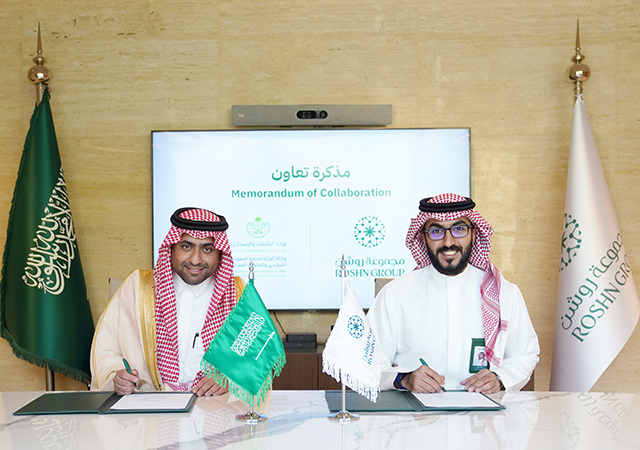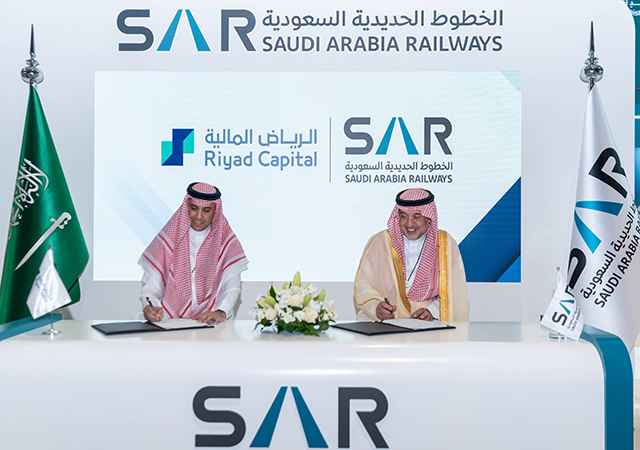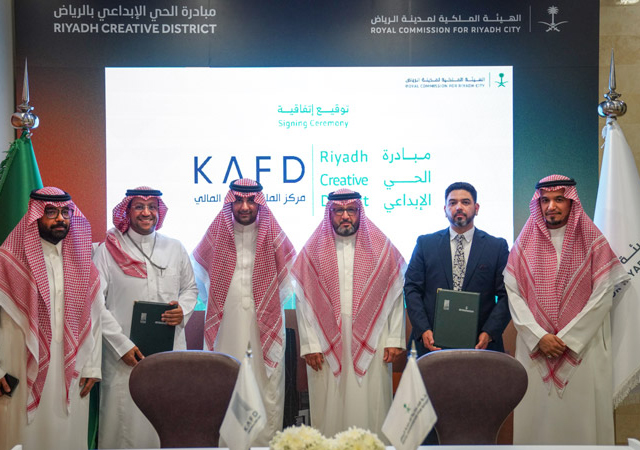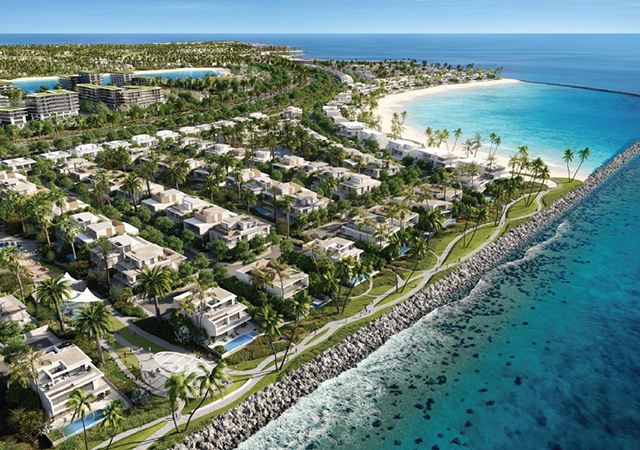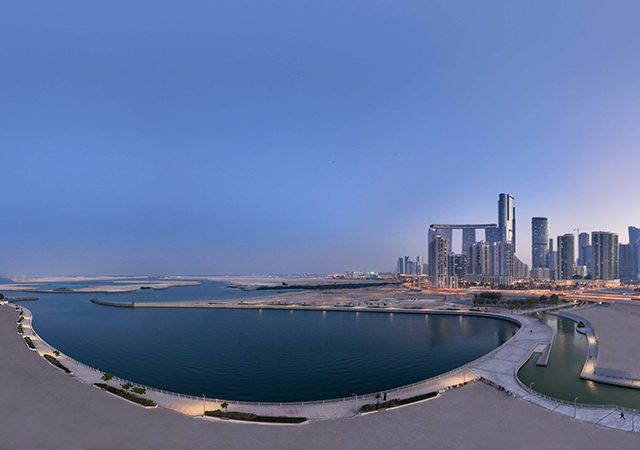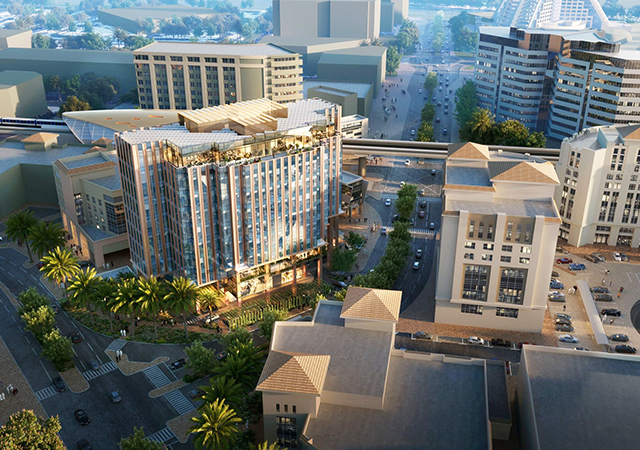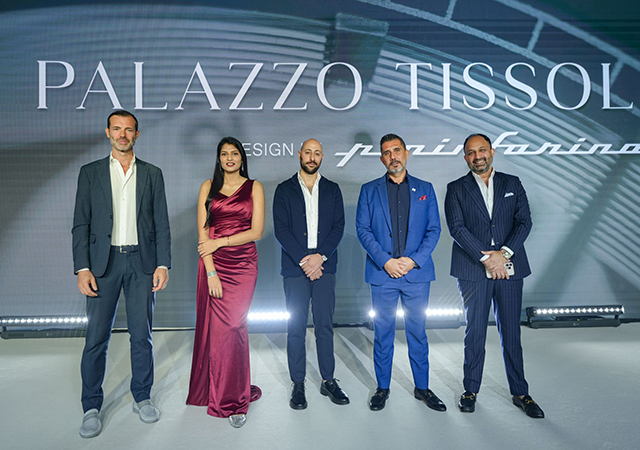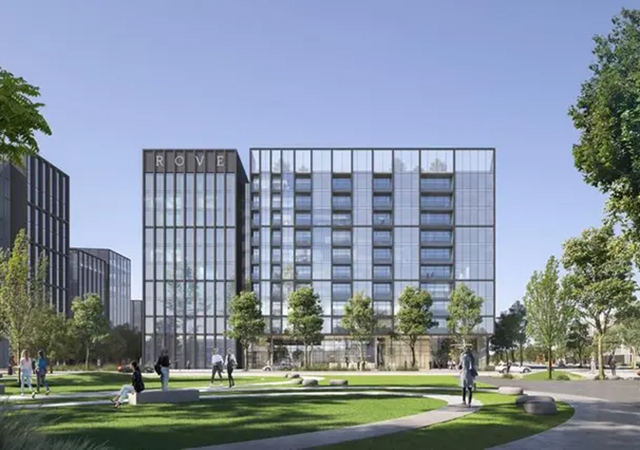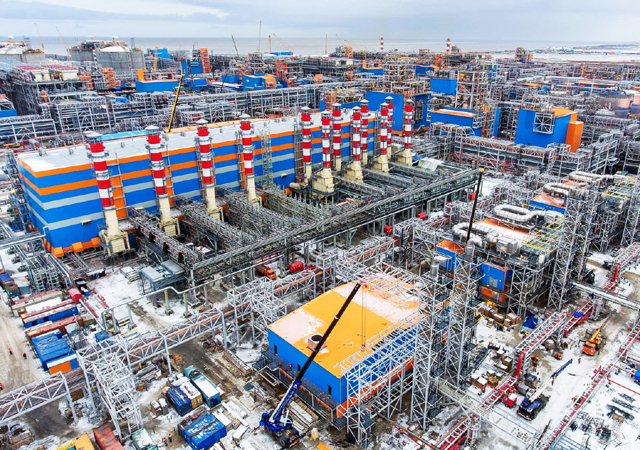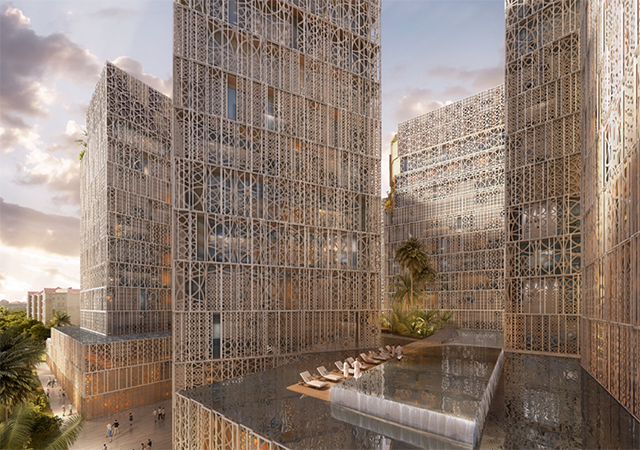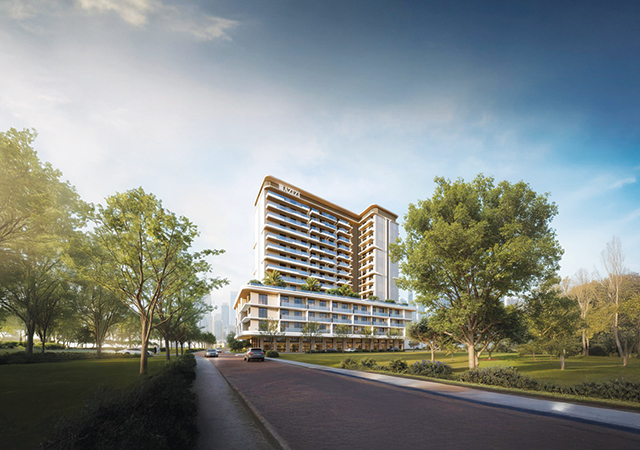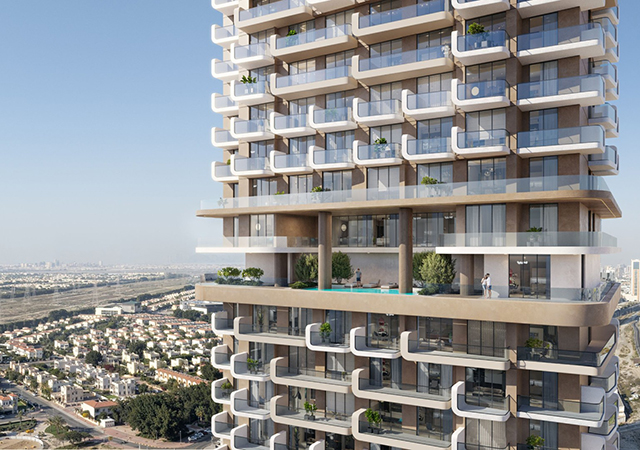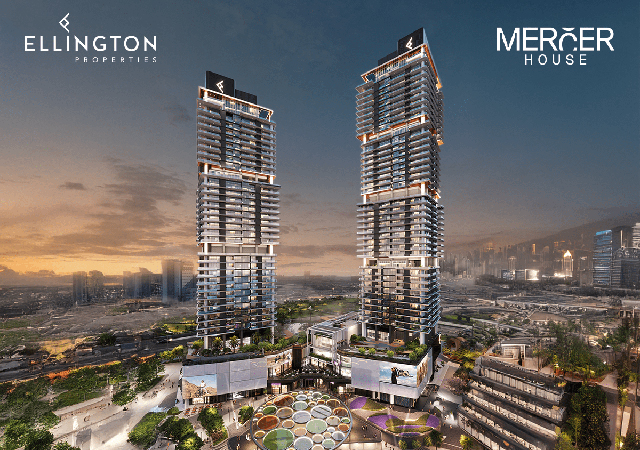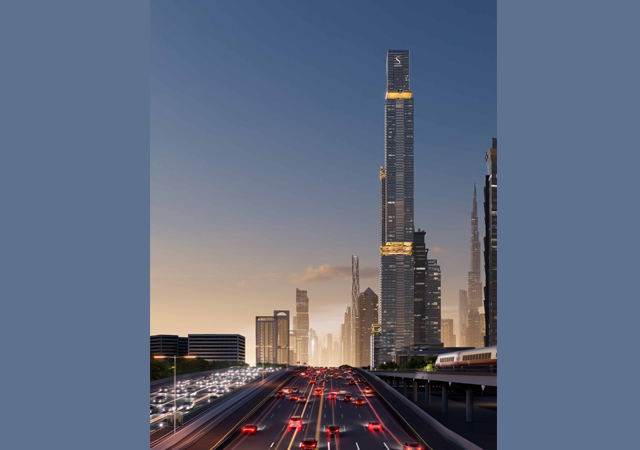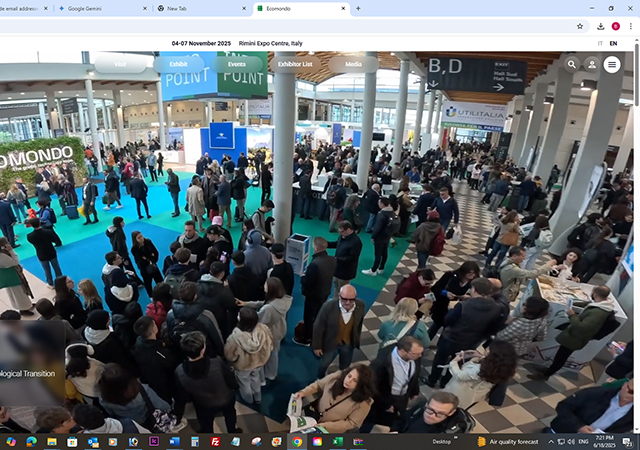.jpg) Striking a balance ... functional and aesthetic ceilings.
Striking a balance ... functional and aesthetic ceilings.
WHILE increasing attention is being paid to striking a balance between the numerous demands for material performance and aesthetics and style in the fit-out of new buildings, what is crucial is to ensure that the appearance matches the functional demand placed on the materials, says a leading fit-out solutions manufacturer.
Given the diversity of choices available, what is needed is a clear understanding of just what can be achieved, says Andrew Jackson, director at SAS International, a specialist in metal solutions, which is working on projects around the GCC region.
SAS International is increasingly working alongside architects and specifiers on projects around the world to achieve the look and finish that is required and also to ensure that value is delivered at each step of the process.
He says both steel and aluminium can be used for applications such as cladding, soffits and ceilings and locations where humidity and proximity to the sea must be considered. “Steel is being supplied to more projects in the region because of its durable and versatile qualities, which offer a cost-effective and sustainable solution. Both steel and aluminium solutions can withstand weathering to provide excellent structural performance and with a choice of powder coating options a long-lasting finish can also be achieved,” Jackson adds.
Increasing use is being made of colour in modern commercial office spaces and other public buildings. “While for global companies this can often be in line with the organisation’s branding, colour is also being used to add another dimension to an interior. When used on wall cladding or on ceilings, it can create a feature or can highlight an architectural detail,” says Jackson.
Although metal interior solutions, particularly ceiling systems, are normally finished in white, there are more than 200 RAL colours available, he says, adding that architects are specifying textured paint, ‘natural’ metal and even wood-effect finishes to achieve the required look. “For instance, wood effects offer the aesthetic finish of a natural wood product on a lighter, more durable material without the maintenance costs associated with wood,” he points out.
An extension of this trend is the use of specialised paint finishes. “For example, anti-bacterial coating provides active anti-bacterial properties, inhibiting the growth of bacteria and micro-organisms, and is in demand for laboratories, hospitals and schools. Similarly, an anti-graffiti solution is proving popular, for example, in the transportation sector.
“Meanwhile, a fine textured paint finish offers a semi-matt/low-gloss appearance that is similar to emulsion-coated plasterboard, but with all the functionality of being used on a metal product,” he says.
Durability
Durability is a key criterion in the region, given the extremes of temperature experienced in the Middle East. “Coupled with the finish has to be performance,” says Jackson. “In today’s buildings, durability is as important as ever, not least for performance but for life cycle considerations.
“Interior metal ceiling solutions have a lifespan of more than 25 years with only the need for basic maintenance, and at end of life they can be easily recycled. Using approved powder coatings, the paint finish itself can be guaranteed for 30 to 40 years, and this can count towards credits for Leed (Leadership in Energy and Environmental Design) and Estidama’s Pearl rating systems.
Durability also needs to be considered from another aspect, comments Jackson. “With the ambient surroundings, environmental performance factors also need to be considered in terms of robustness,” he adds.
While metal solutions are also popular because they provide impact resistance in external or semi-external spaces, such as public concourses or car-parks, here they are also exposed to the accumulation of dust, debris and weathering. Solutions used, therefore, need to maintain their appearance and be easy to clean in such circumstances, and perform where sand and salt can also damage materials.
Innovation
One area that is also seeing many modern interpretations is in the use of perforations in ceiling solutions. Traditionally, this detailing has been used as variants in the spacing and size of the perforated holes can create a whole range of different looks.
With square pitch patterns, perforations can be grouped to create distinctive geometric effects. Rectangular zones of perforations in square panels, for instance, create a directional appearance whilst square zones within rectangular panels give a non-directional appearance.
But importantly here, pattern and function can combine to achieve a solution for occupant comfort and beautiful interiors. Acoustic demands in interiors can be met through the specification of the correct combination of perforations and acoustic pads in metal ceiling systems.
“But it doesn’t end there; perforated designs can incorporate images such as company logos. At Kolkata Airport in India, a bespoke script has been incorporated,” says Jackson.
Now, ‘fluting’ perforations, a new way of finishing perforations during manufacture, has just been introduced. Here, the hole is punched and the metal forms a nozzle shape underneath, not only creating texture but a 3D effect, he remarks.
“With a whole host of interesting finishes to choose from, specifiers can create individual looks that are not only design-led but also offer real value for money. With more traditional and straightforward floor plates, using modern finishes provides for high-quality interiors that meet the challenges and demands of clients and tenants. With architecturally progressive buildings, they can provide the final touch for outstanding performance and looks,” Jackson concludes.






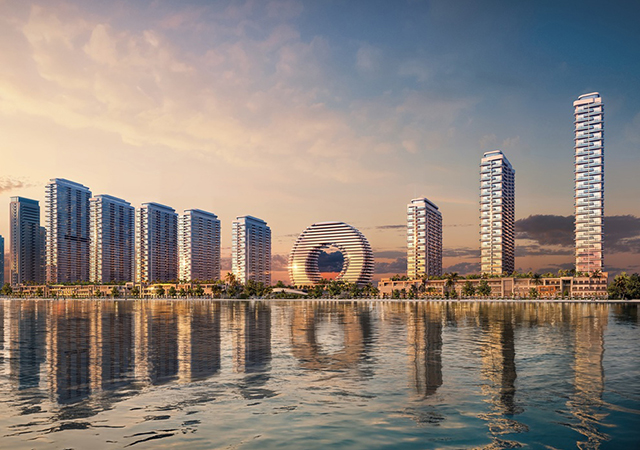

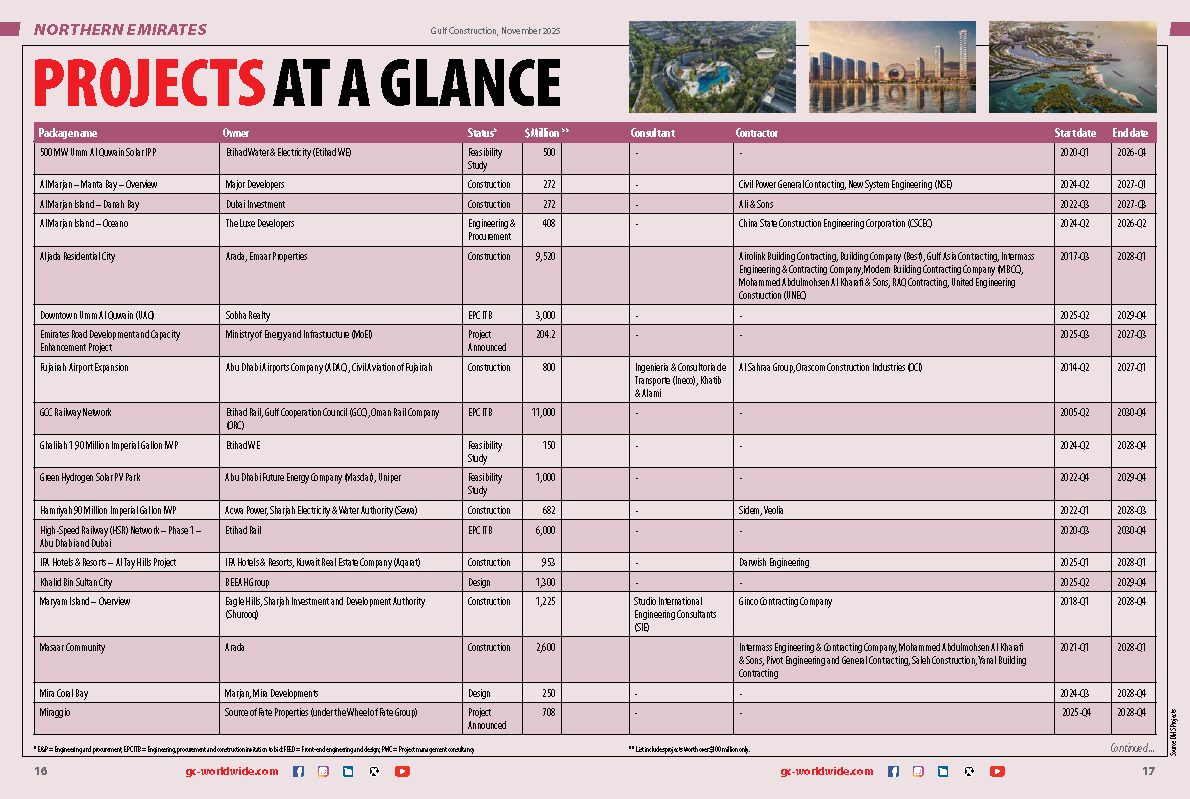
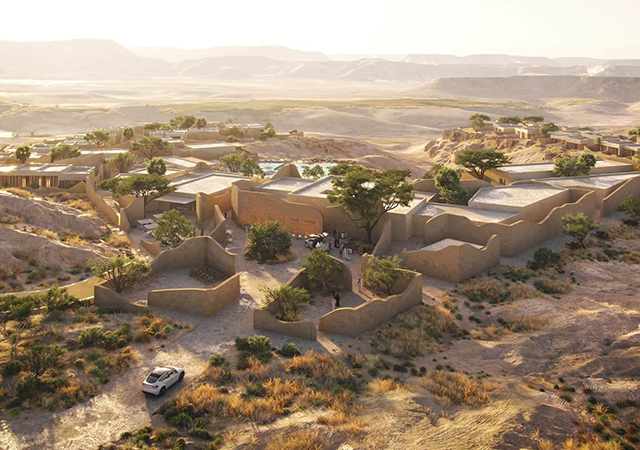
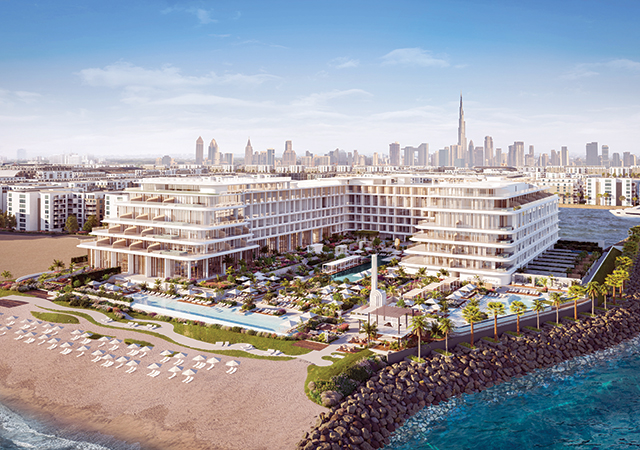


(5).jpg)

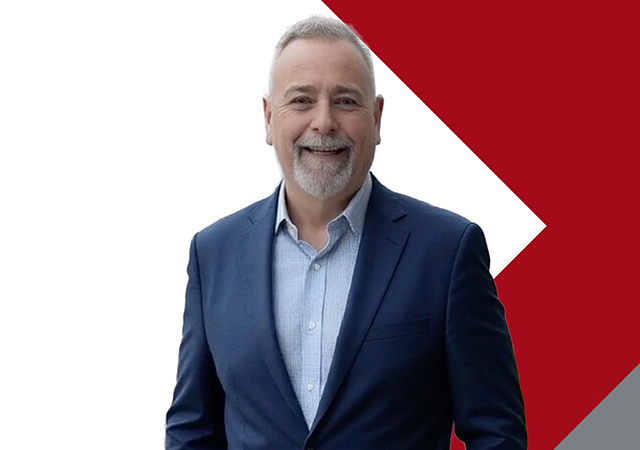

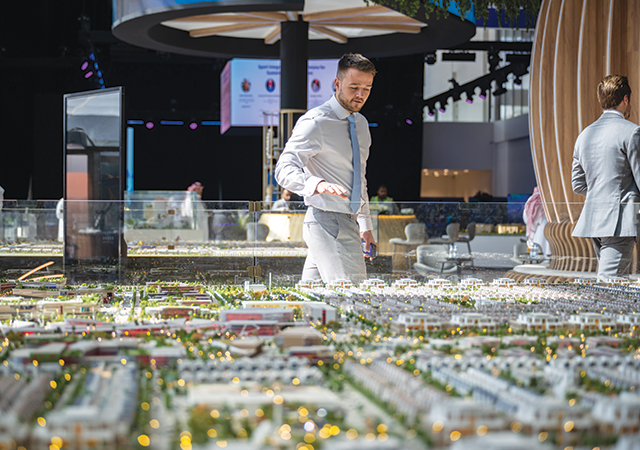
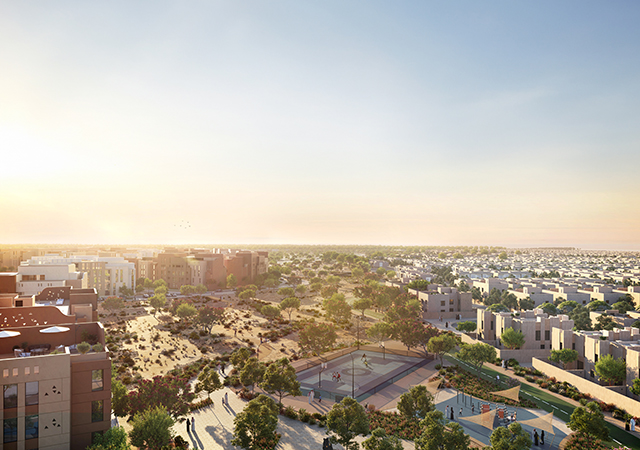
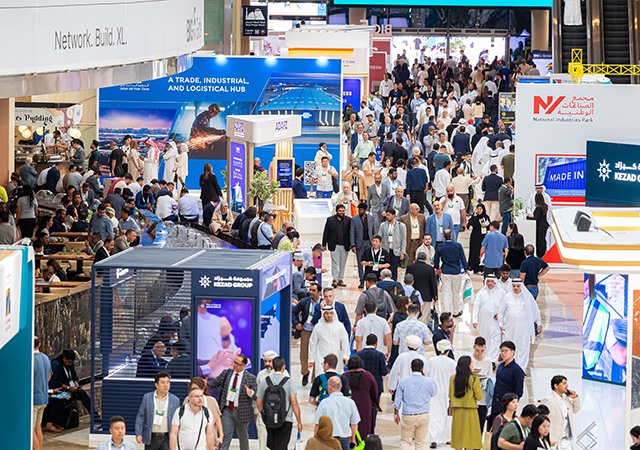
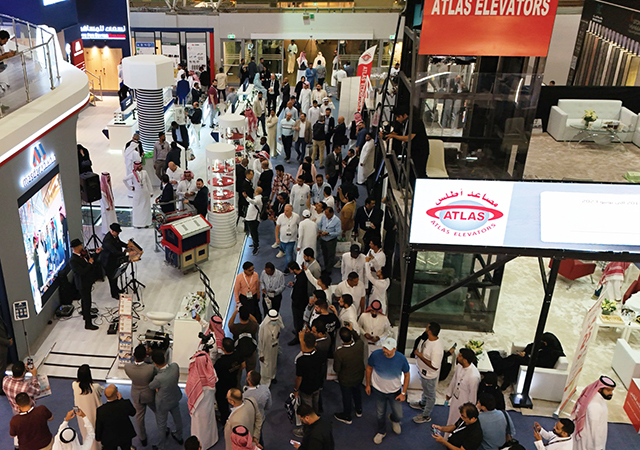
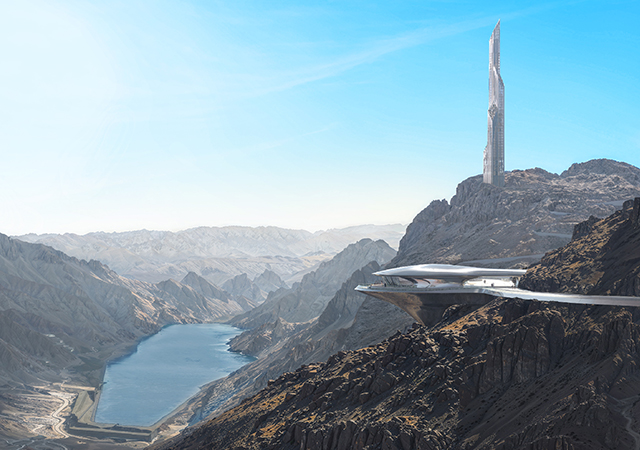
.jpg)
